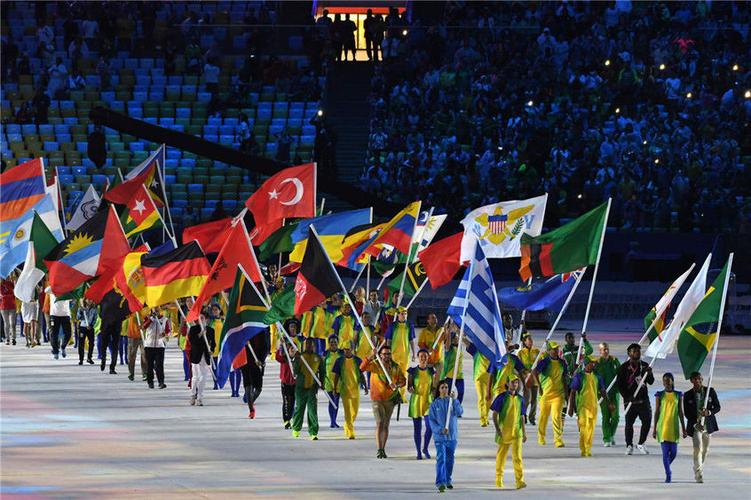The closing ceremony of the Rio de Janeiro Olympics, officially known as the Games of the XXXI Olympiad, was a vibrant and celebratory event that marked the conclusion of the 2016 Summer Olympics. Held on August 21, 2016, at the Maracanã Stadium in Rio de Janeiro, Brazil, the ceremony captured the colorful and diverse culture of Brazil while also upholding the Olympic traditions.
The ceremony included a mix of traditional Olympic formalities and a showcase of Brazilian culture, which is known for its vibrant music, dance, and visual artistry. It also served as a platform for the official handover to Tokyo, the host city for the 2020 Summer Olympics.

1.
The ceremony opened with a countdown that led into a display of fireworks and a variety of musical and dance performances highlighting the rich cultural tapestry of Brazil. These performances included elements of samba, bossa nova, and other Brazilian music styles.
A notable segment was a lush representation of the Brazilian rainforest, featuring indigenous dancers and a variety of flora and fauna, emphasizing Brazil's natural beauty and the importance of environmental conservation.
2.
As per Olympic tradition, the ceremony featured the parade of athletes, which differs from the opening ceremony's march by mixing all athletes together rather than having them march by nation. This symbolizes global unity and friendship.
The Olympic flag was lowered and the Greek national anthem was played, honoring the birthplace of the Olympics.
The mayor of Rio de Janeiro handed over the Olympic flag to the mayor of Tokyo, symbolizing the transition of responsibility for the next Summer Games.
3.
Speeches were delivered by the President of the International Olympic Committee (IOC) and the Organizing Committee of the Rio Olympics. These speeches often reflect on the successes and challenges of the Games, and thank volunteers and athletes for their contributions.
The Olympic flame was ceremoniously extinguished, marking the official end of the Games.
4.
The ceremony included performances by wellknown Brazilian artists and showcased the country’s modern music scene.
Tokyo’s presentation included a video featuring Japan’s Prime Minister at the time, Shinzo Abe, who appeared dressed as the popular video game character Mario, symbolizing the innovative and playful spirit expected at the Tokyo Games.
5.
The closing ceremony concluded with a spectacular fireworks display, lighting up the Rio night and providing a festive and poignant finale to the Games.
The Rio Olympics faced various challenges, including economic constraints and concerns about readiness and safety. However, the closing ceremony was widely praised for capturing the celebratory and inclusive spirit of the Olympic Games, as well as showcasing the unique cultural richness of Brazil. It also set the stage for the next Olympics in Tokyo, promising technological innovation and cultural exchange.
The Rio 2016 closing ceremony remains memorable for its festive atmosphere, its colorful displays of Brazilian culture, and its warm handover to Tokyo, encapsulating the spirit of unity and global celebration that the Olympics strive to embody.